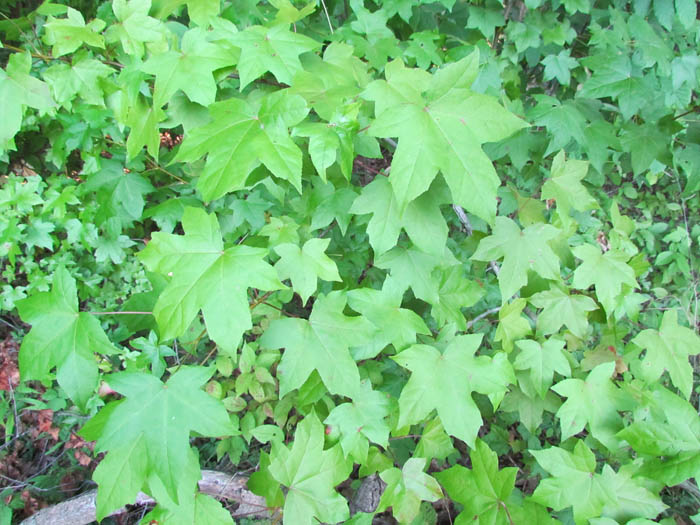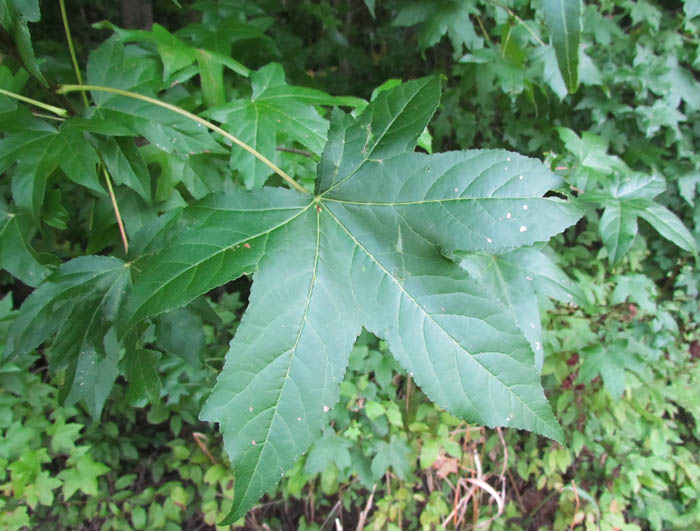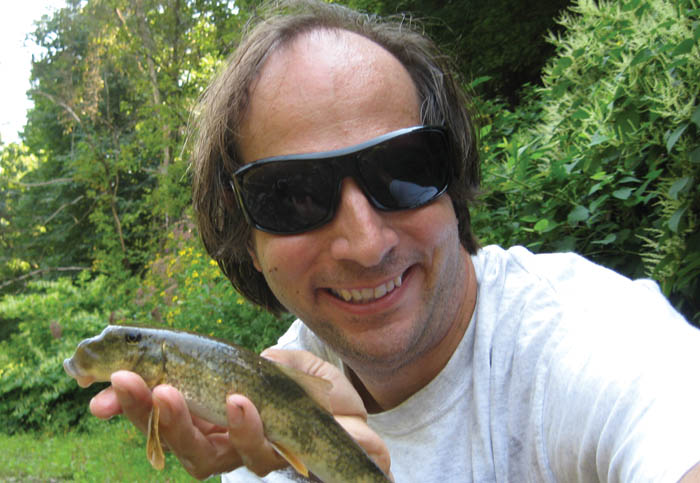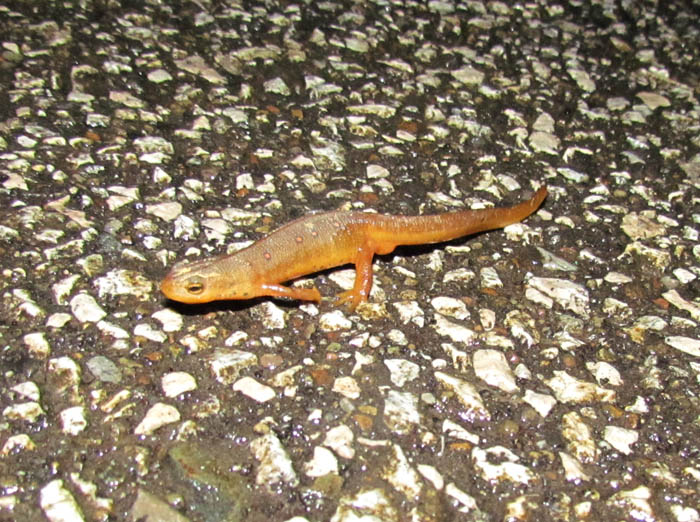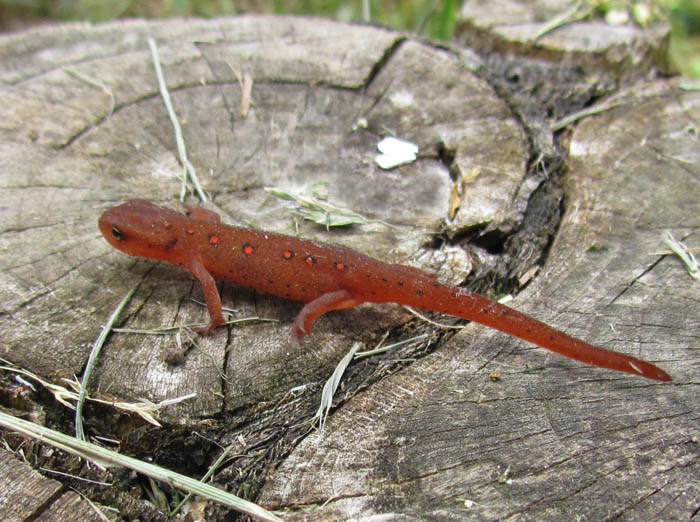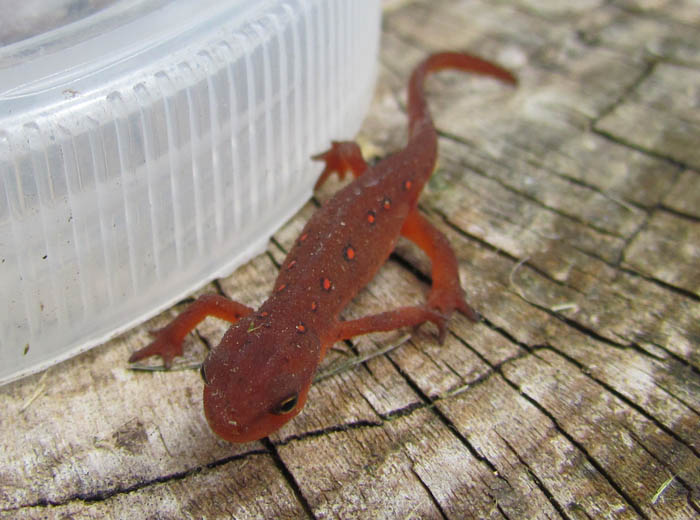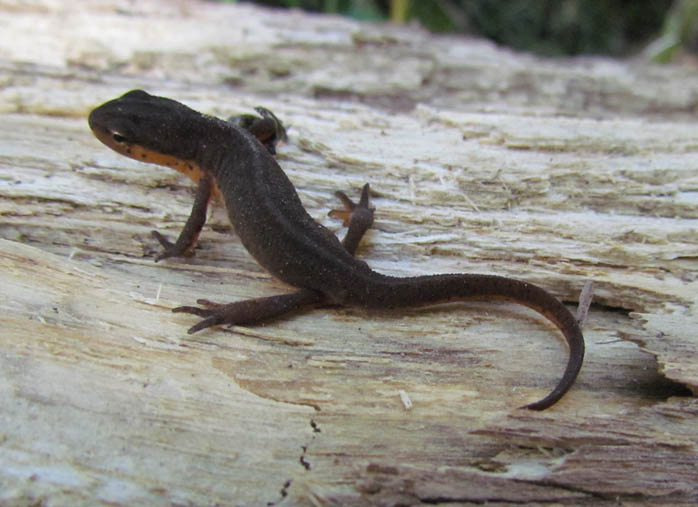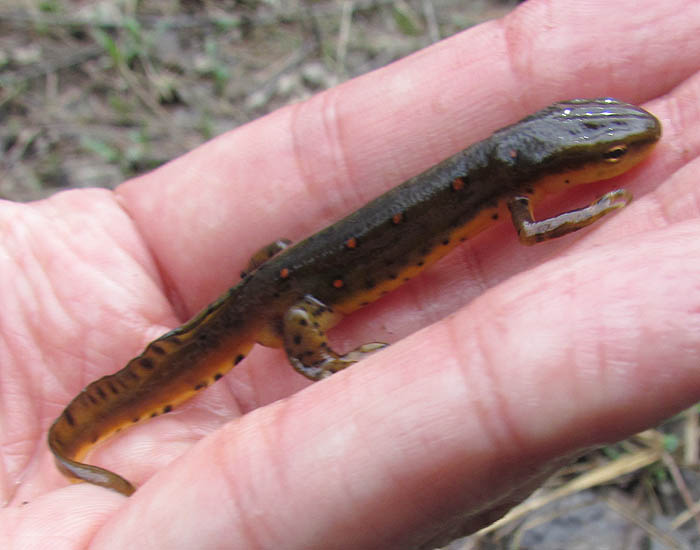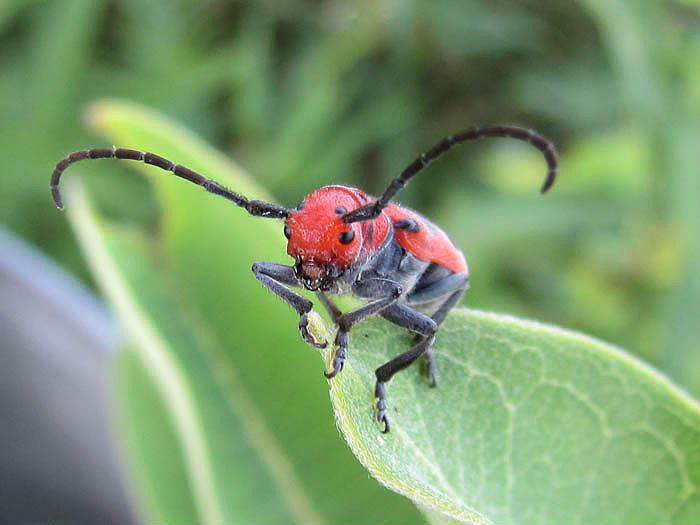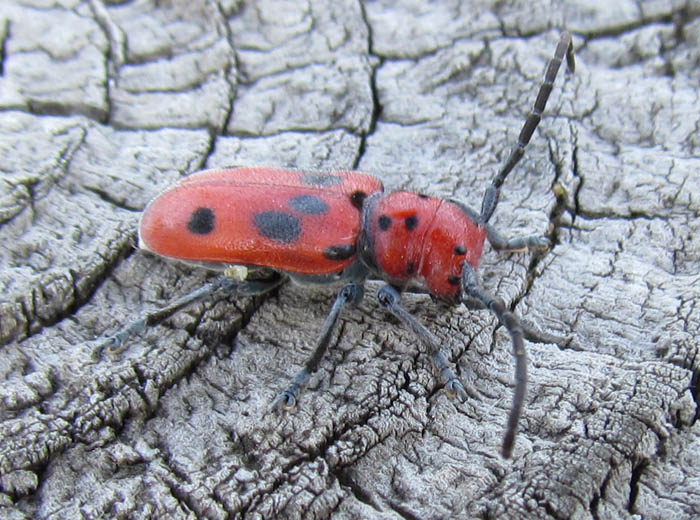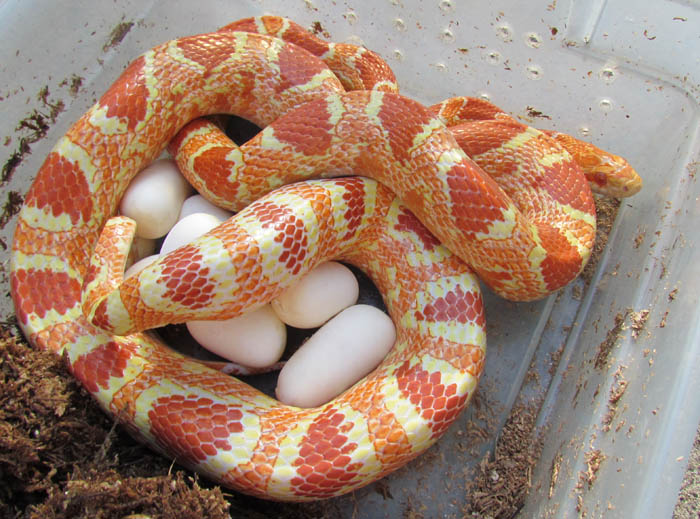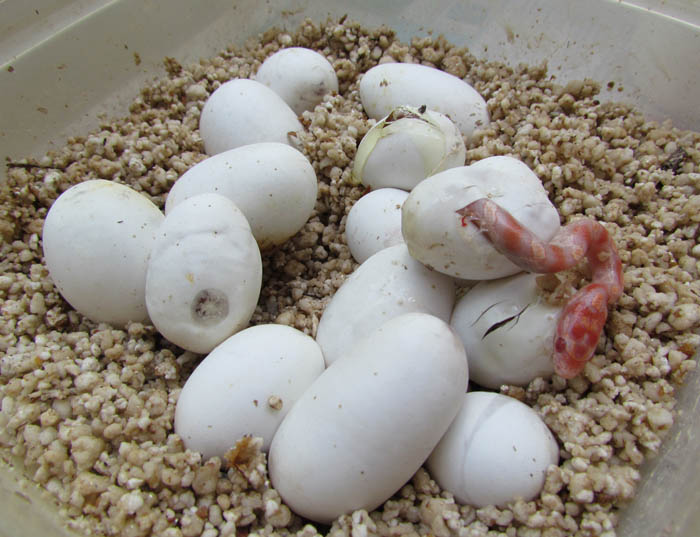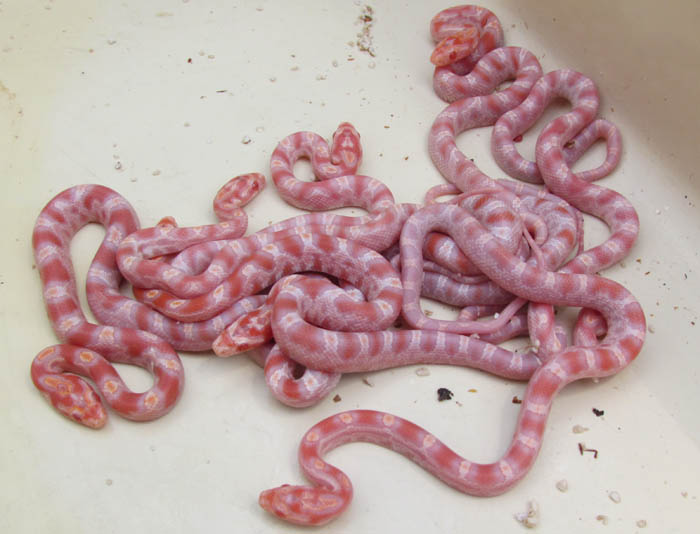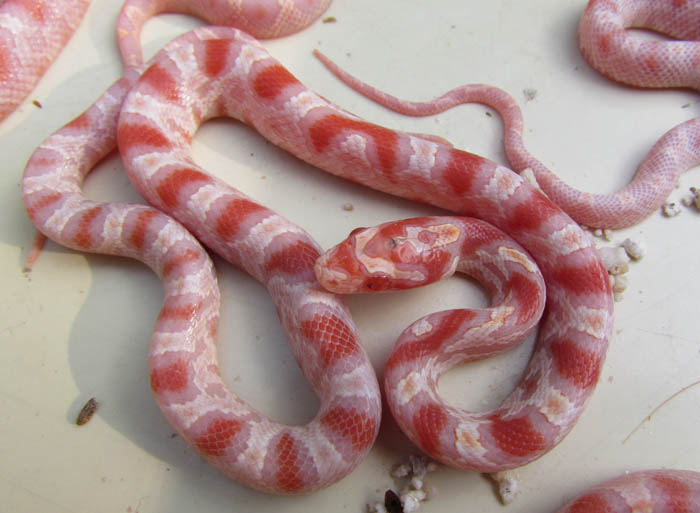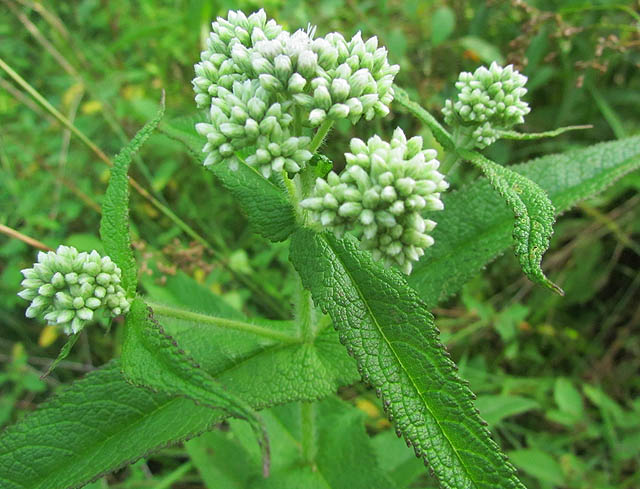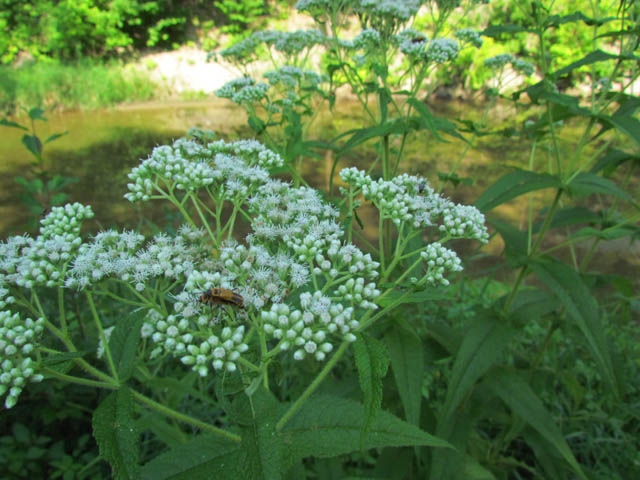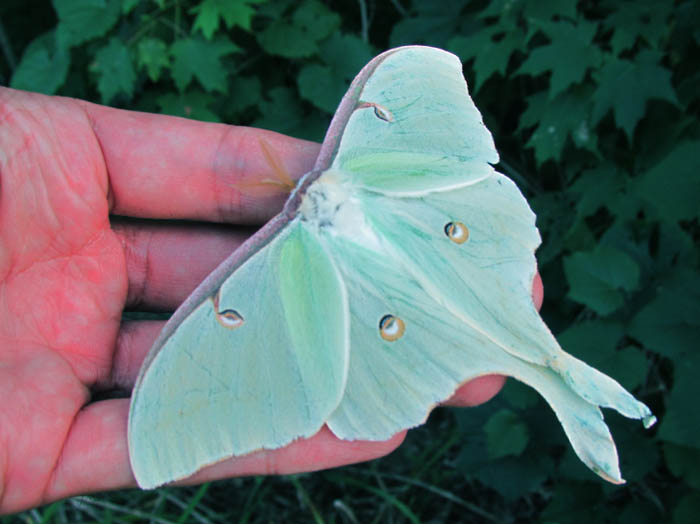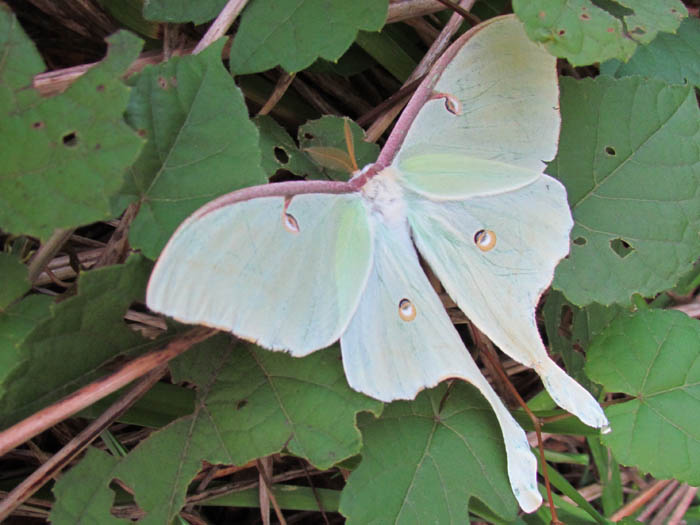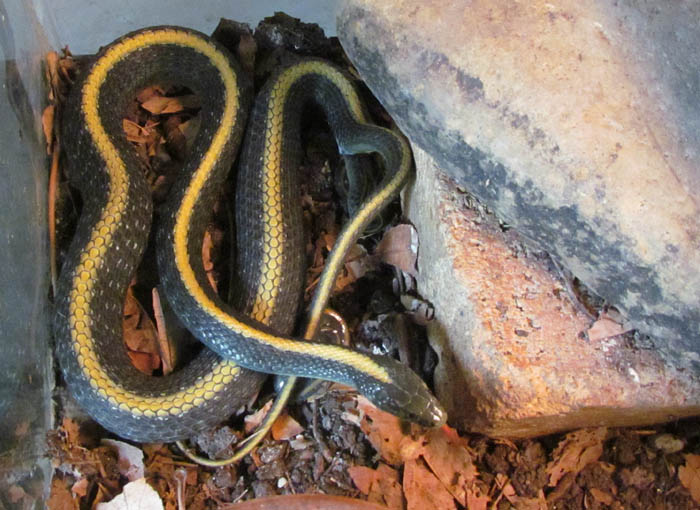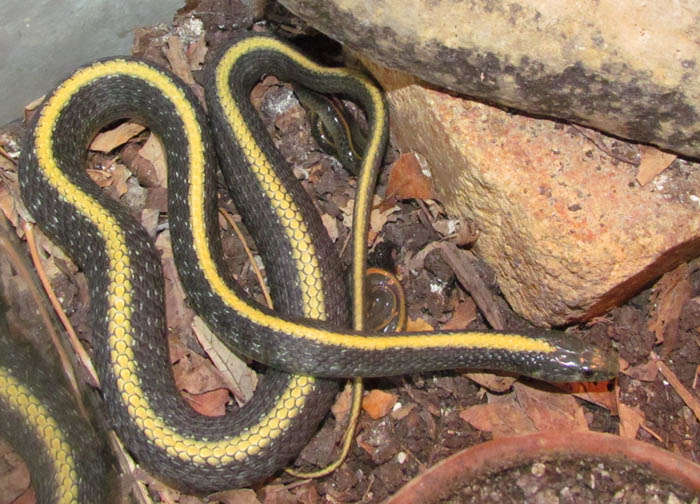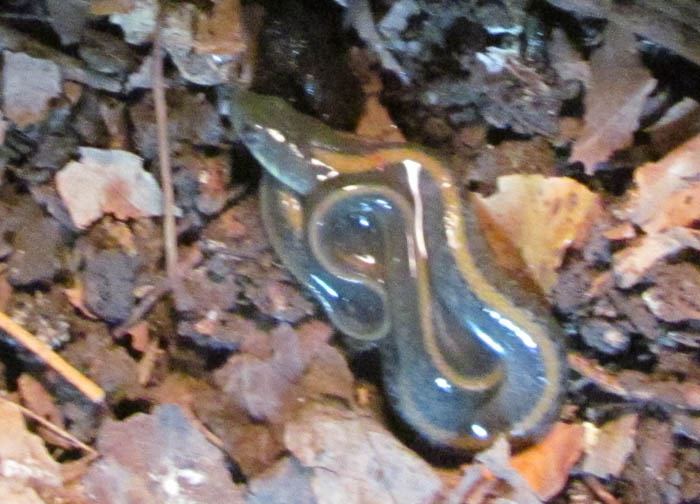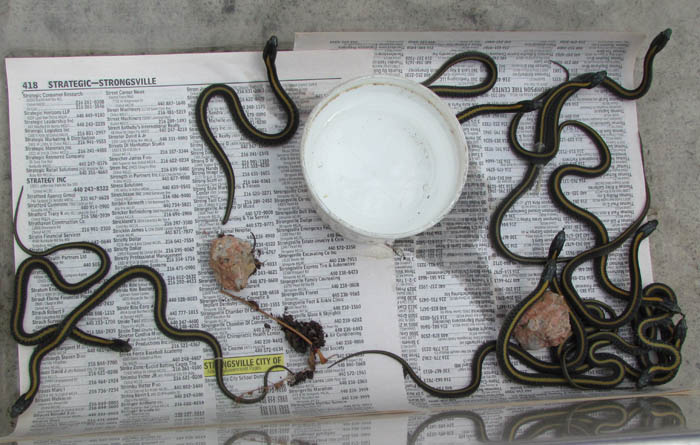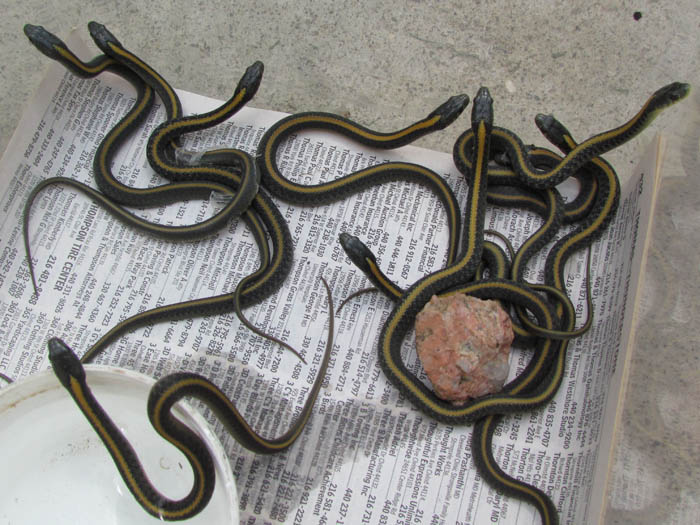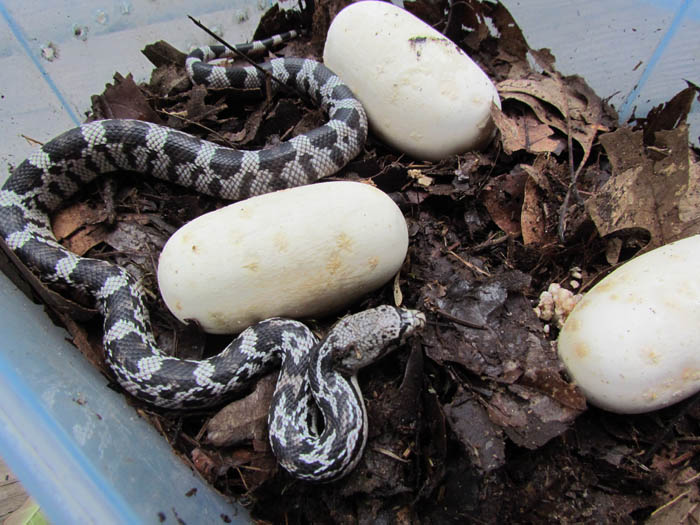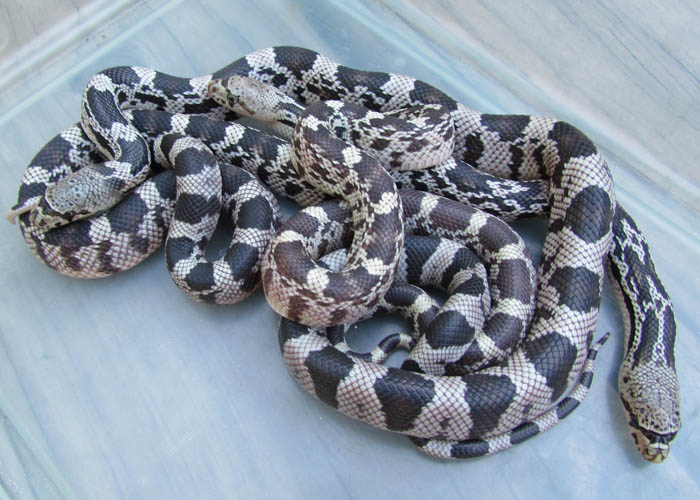The star-shaped leaves make for easy identification of this tree. It is often planted as a shade tree and for its bright red fall colors. Sweetgums are aromatic, meaning they have a pleasant smell. You can crush a leaf to get a good sense of this.
Oak trees are the only other tree that surpass the Sweetgum in commercial value – its dark reddish-brown hard, heavy wood is used for barrels, flooring, plywood and furniture veneer. Sweetgums often grow with other trees, like maples, oaks, pines and elms.
Sweetgum has woody, spiny, ball-like fruit that is still immature when green, though later in the year, when it turns brown, it opens and releases seeds, which are eaten by birds and animals. I have several of these trees planted at my place of work and some of them are carrying fruit.
But perhaps the most famous use of this tree is that pioneers once peeled the bark and scraped the resin-like solid to produce chewing gum. The resin has also been used medicinally as well as for soaps and adhesives.
It’s genus name is Liquidambar. While in high school and learning tree identification, my teacher told me that its a easy genus to remember, because “You get liquid at the damn bar.” What more can you ask for in a tree?


